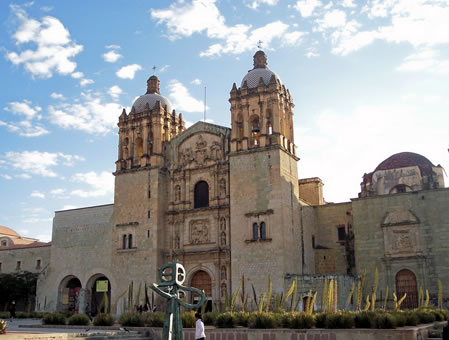The Post-Pandemic Recovery
Most business owners are always thinking about how to improve their business strategies for future eventualities and growth. However, in an uncertain situation like the one we are living in these days, it is almost impossible for everyone to be fully prepared. That does not mean that you cannot take suitable steps to develop systems to improve the existing progression of your business. Although the pandemic is front and centre in most aspects of life and business right now, it is important not to focus all your efforts solely on a COVID-19 related strategy. Take this opportunity to make a plan that will benefit your organization in the long term and provide your customers and clients with enough information to see you as a long-time partner and keep their loyalty. What worked yesterday may not work today, so give them a reason to keep believing in what you have to offer.
Continuity
Not every business will make it through this crisis. Businesses that will clearly not survive are best to cut their losses as soon as possible to avoid incurring continued and new debt. We have seen this already in several cases across Canada. Organizations that can keep moving forward will need to adapt to renew. Circumstances are not necessarily 100% negative and changes are not necessarily bad if done with the right approach and proper strategy.
It is important to move forward with proven strategies that still apply in post-pandemic operations and revamp them to create that shift that will make your business/industry meet your customer’s new necessities. Focus on strengths that project the adaptability of your business, and pay special attention where you see weaknesses in your operations. At the same time, as noted in a recent Forbes article, do not lose track of small changes that, when strung together, represent an important part of the whole picture.
Implementation
Tourism is an example of a hard-hit industry that continues to respond and adapt amid closed borders and great uncertainty. Rather than focusing energy on trying to prevent existing reservations from being canceled, many destinations and companies have done their best to make sure that reservations were rescheduled for later dates. The message to travelers is that not everything is lost and they will able to take those well-deserved holidays at a later date. The goal is to minimize the loss of revenue and expenses that they have already incurred. At the same time, they are reaching out to their local communities and encouraging people to spend their next holidays, traveling within, to help local economies bounce back.
The events industry has been forced to pivot/experiment with virtual events, to keep educating customers/students/stakeholders with important topics in their field. This does not mean that events, as we know them, will not happen again, but in the meantime, demand for events remains and it needs to be fulfilled.
Communicating
Clients will be searching for businesses they trust and are clear on their practices/values. Communicate empathy to clients and potential clients to show that your company is there to support them and the community. The tone should be relatable and communicate that we are all in this together. Inform clients about any changes that the company has made and any measures taken to support them during a difficult time.
Communication is key in these times and a wide variety of methods should be used. Remember that customers and potential clients/people, in general, are spending more time online, due to social distancing. Be there to connect and support with any information that could be essential to make their buying decisions seem effortless.

 Corporate events are one of the best tactics for putting a face to the name of a company. They allow organizations to connect with stakeholders in a personal way. Organizing a
Corporate events are one of the best tactics for putting a face to the name of a company. They allow organizations to connect with stakeholders in a personal way. Organizing a 



